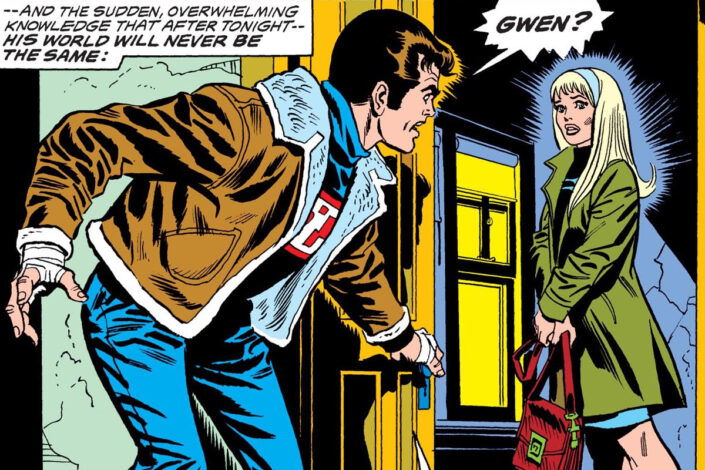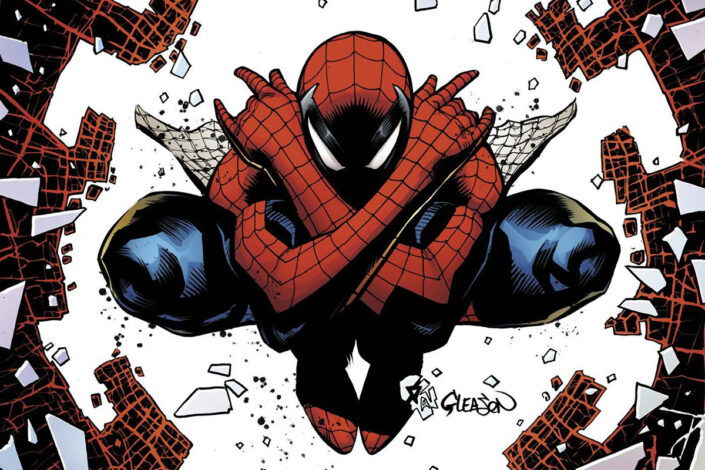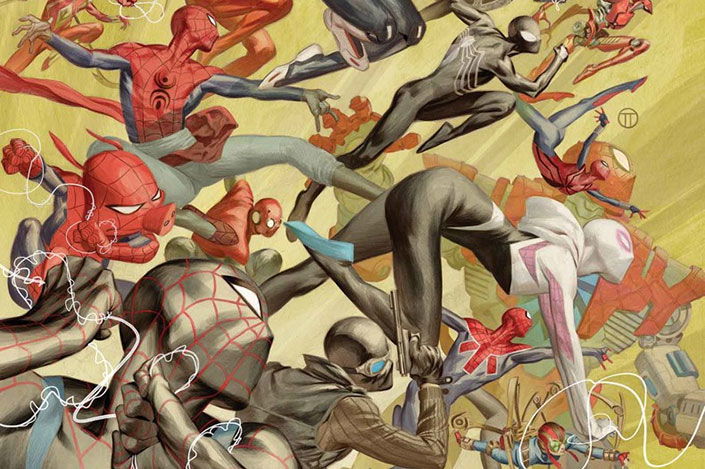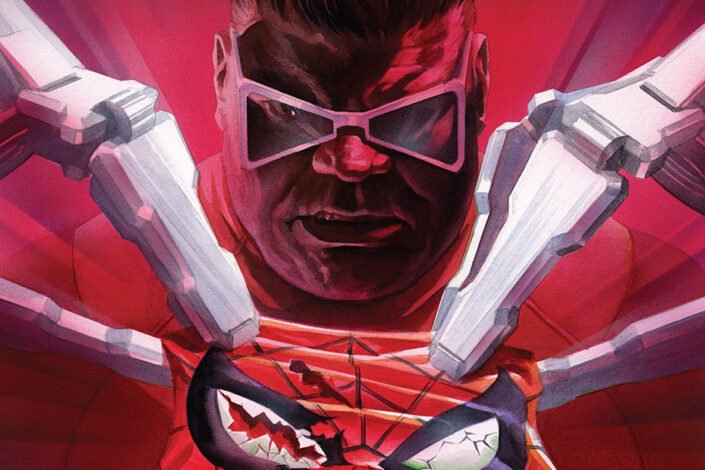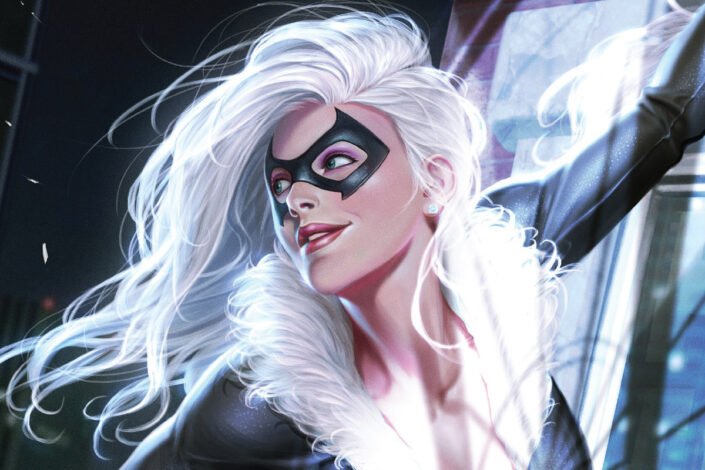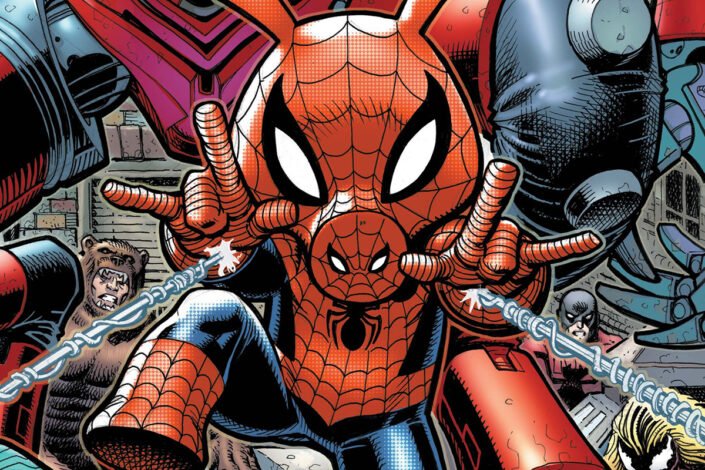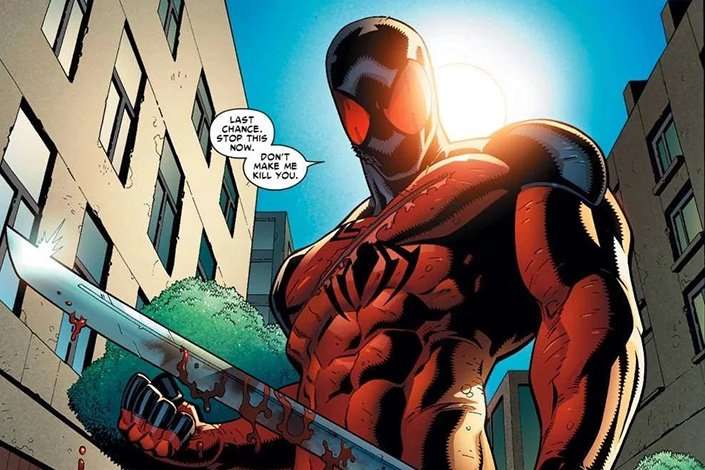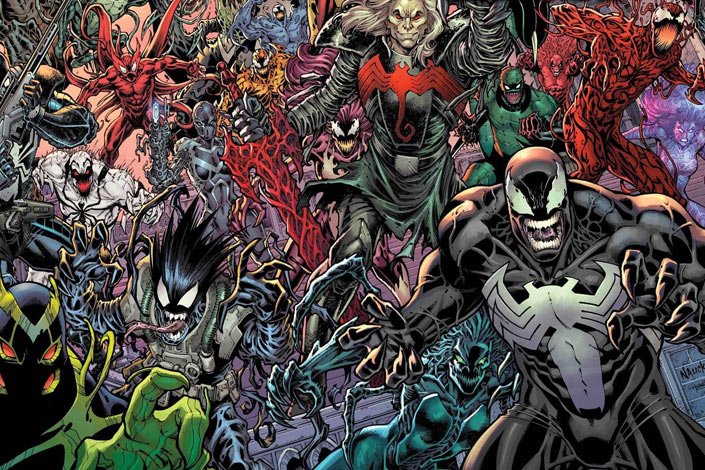Ultimate Spider-Man Reading Order

Thanks to the Into the Spider-Verse animated movies, it is widely known that many versions of Spider-Man exist across the Marvel Universe. And they are not all called Peter Parker. Miles Morales was one of the breakout characters of the Ultimate Universe, set on Earth-1610. But he wasn’t the first one wearing the Spidey costume in this reality. The first Ultimate Spider-Man began to appear in 2000 in his own comic series, as part of the Ultimate Imprint.
He became a commercial and critical success at the time, and his story would be mostly told in his own comic book series, Ultimate Spider-Man. Peter Parker’s life would shape differently from the classic Spidey, offering a new perspective, but still embodying the values that the character represents since the sixties. Following later in his footsteps is Miles Morales, who has grown up to become one of the most emblematic Spider-People in the Marvel Universe since then.
And since 2024, a new Ultimate Universe has been created, introducing a new Ultimate Spider-Man.

